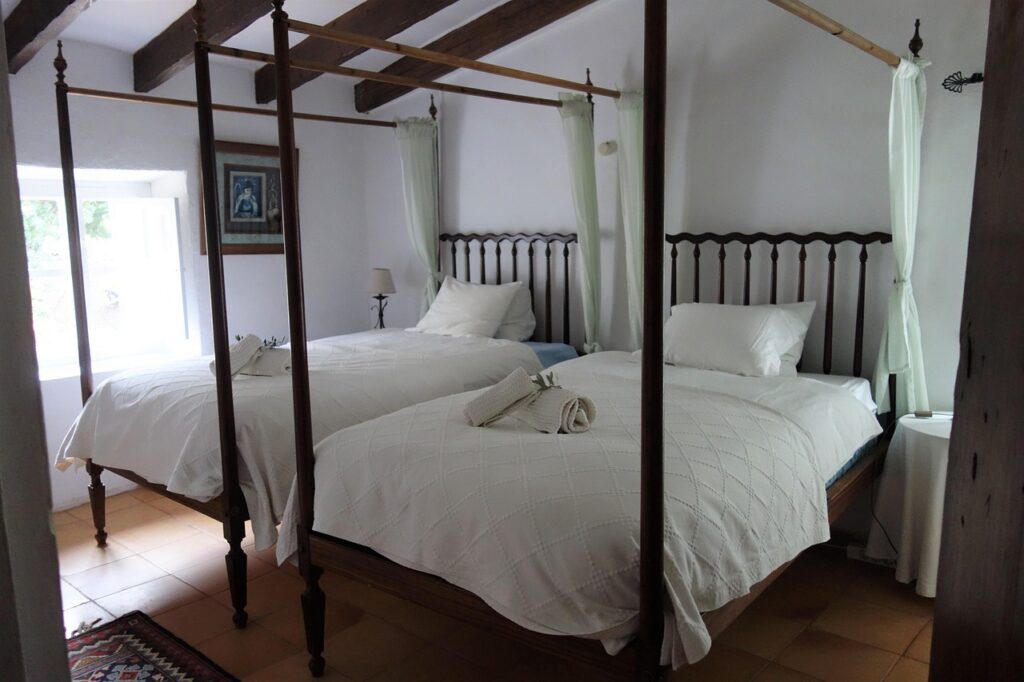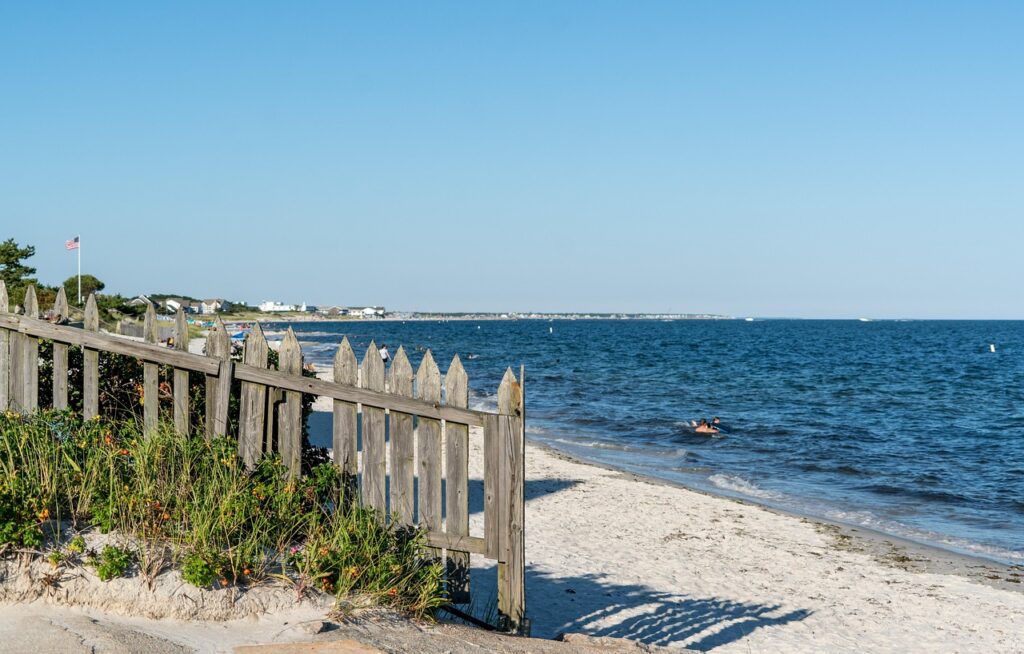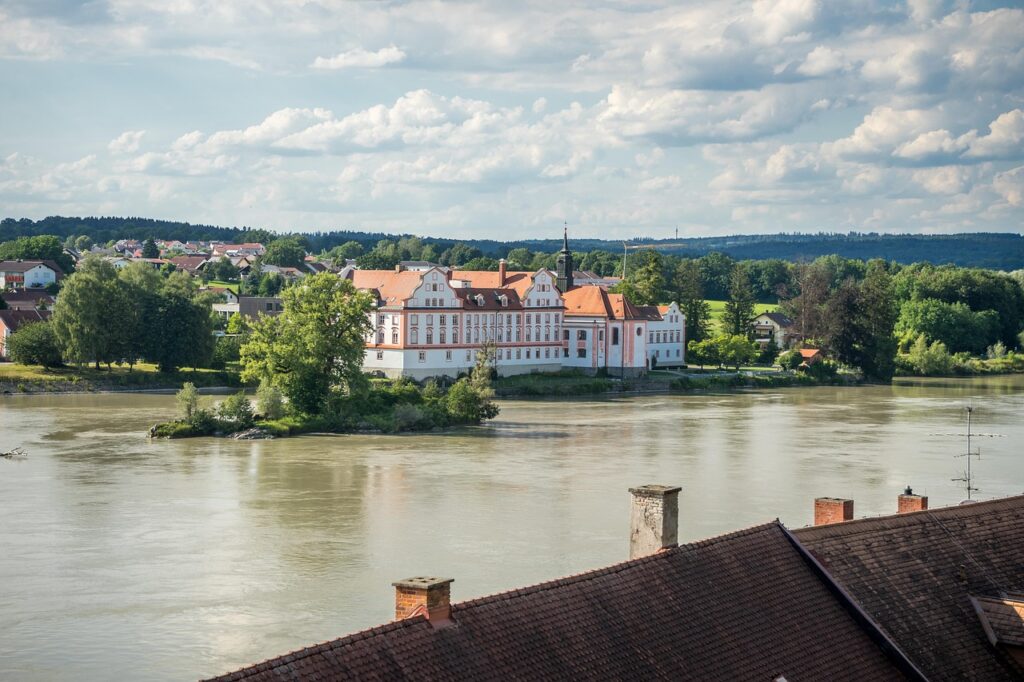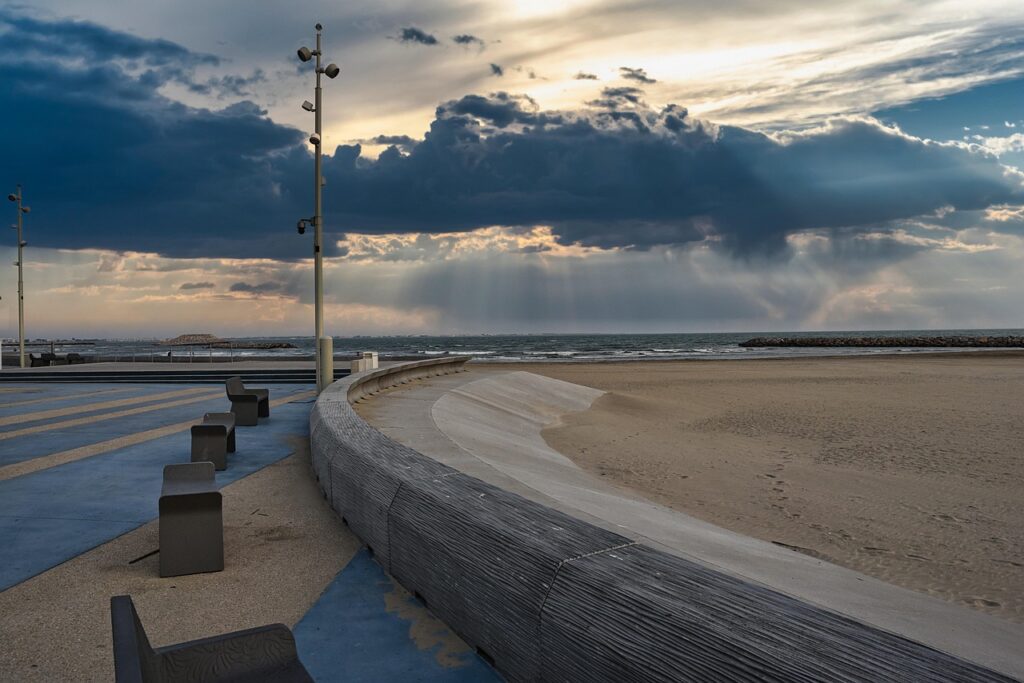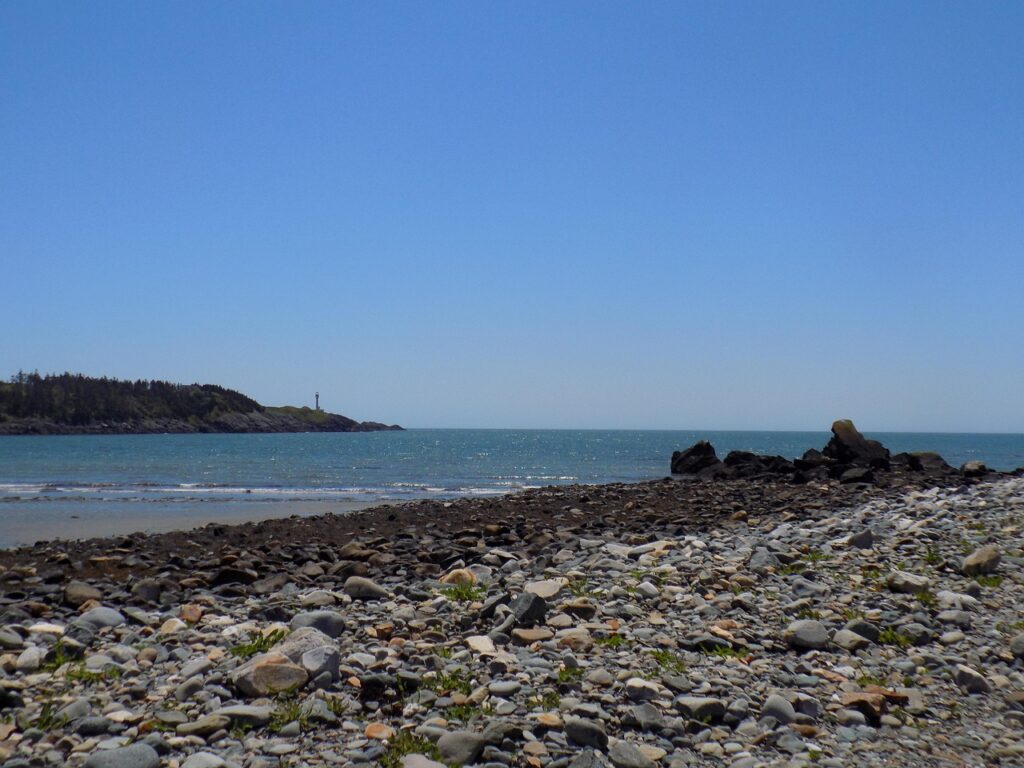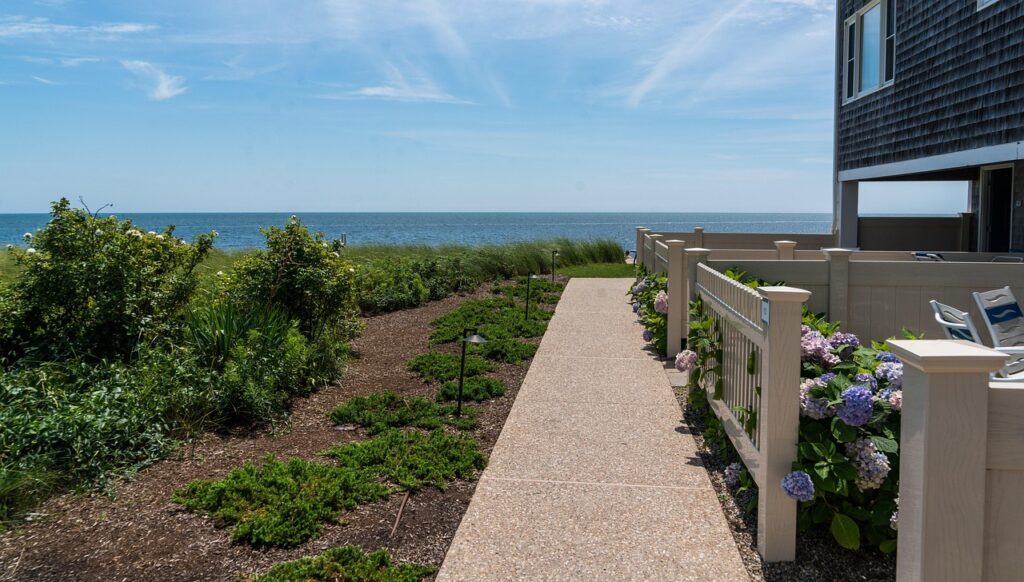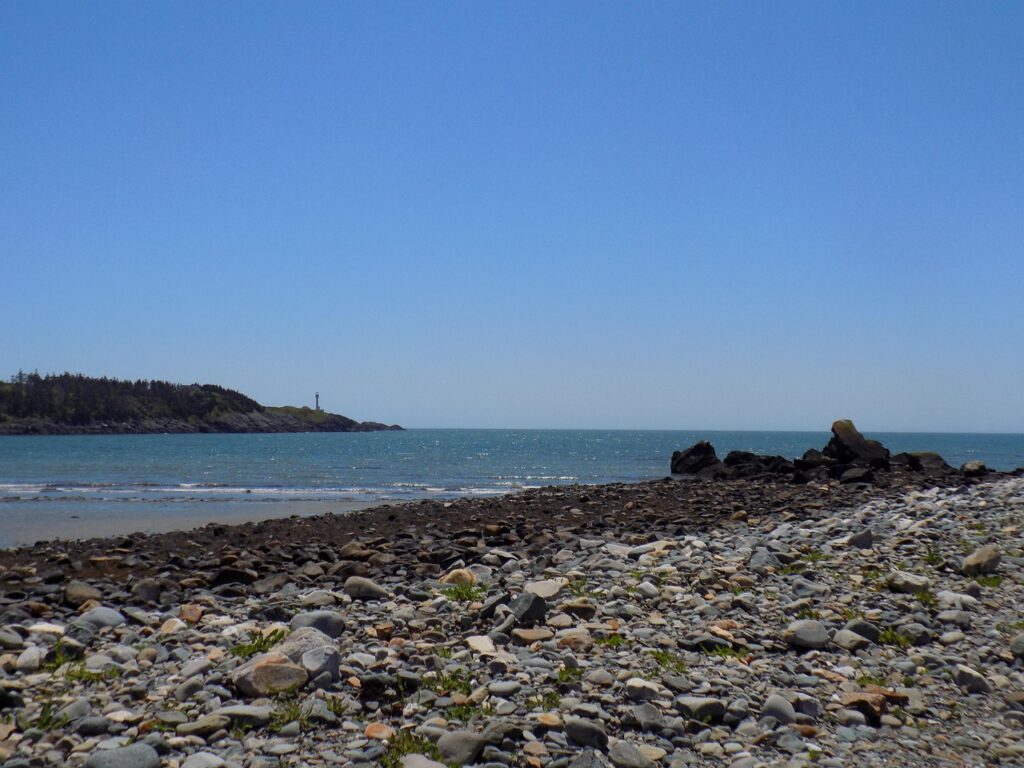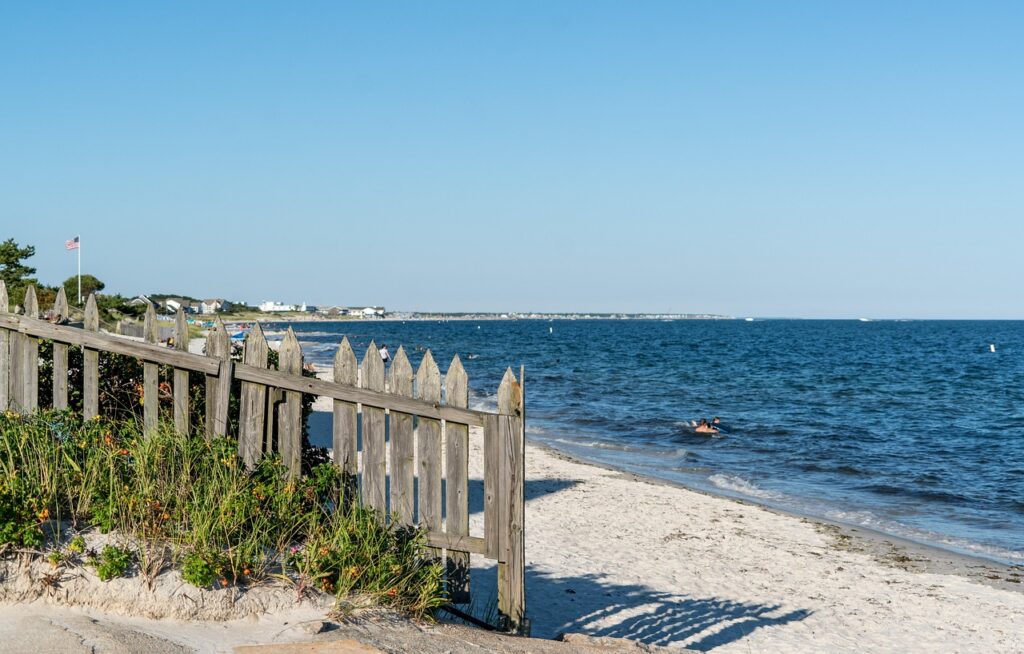Yarmouth Castle on the Isle of Wight is a remarkable Tudor fortress built in 1547 to defend England’s coast, revealing intricate defensive innovations and rich history that fascinated visitors and historians alike. Perched strategically at the mouth of the River Yar, this English Heritage site offers panoramic views of the Solent, serving as a testament to Henry VIII’s coastal defense strategy and standing as the first new-style arrowhead bastion in Britain.
Discover the Defensive Mastery of Yarmouth Castle: Tudor Fortress Features Unveiled 🏰🔍
Yarmouth Castle embodies the pinnacle of Tudor military architecture, designed to protect the western approach to the Solent and prevent invasions. Unlike earlier circular forts, its square blockhouse design introduced the pioneering arrowhead bastion concept.
- 🛡️ Arrowhead Bastion Innovation: First in Britain to feature this angular projection, allowing better artillery coverage and crossfire defense.
- 🎯 Strategic Location: Overlooking Yarmouth harbour and the Solent, ideal for spotting incoming enemy fleets early.
- 🔫 Artillery Platforms: Upper floors were equipped with heavy guns aimed at naval threats.
- 🌊 Moat and Water Defenses: A surrounding moat protected the east and south walls, enhancing the fortress’s resilience.
These defensive elements not only thwarted potential Tudor-era invasions but also influenced fortress designs across England, signaling a shift during the nation’s turbulent 16th century maritime conflicts.
Step Inside: Unearthing Tudor Life at Yarmouth Castle 👑🕰️
Visitors can explore rooms furnished with period-style heavy Tudor furniture, emphasizing both utility and intimidation rather than comfort. A model cannon stands as a silent witness to the military life once central to the castle’s function.
- 👗 Costume Dress-Up: Engage hands-on by trying Tudor period garments to grasp daily life nuances.
- 🗝️ Handling Collection: Manipulate authentic replicas of Tudor artifacts enhancing immersive discovery.
- 📜 Educational Exhibits: Details on how and why the castle was built, alongside stories of numerous shipwrecks off the coast.
This experience bridges history and imagination, bringing to life the fortress’s role beyond defense — as a hub of Tudor governance and local power.
Yarmouth Castle’s Role in English Coastal Defense and Its Evolution Through Time ⚔️🌊
From its construction under Henry VIII until 1885, Yarmouth Castle served as an active garrison and coastal defense mechanism. Its historical significance is intertwined with the evolution of English naval power and coastal protection.
- ⚓ Tudor Period: Built to defend key naval passages and ports against French and Spanish threats.
- 🏰 Georgian & Victorian Eras: Adaptations and reinforcements kept the castle relevant amid technological advancements in warfare.
- 🔰 20th Century Light Usage: Though no longer a front-line fortress, it remained a symbol of military heritage.
Today, overseen by English Heritage, this landmark contributes to Isle of Wight Tourism, alongside offerings from the National Trust and Historic England, all collaborating to maintain Fortress Conservation efforts and foster Tudor Discoveries.
Planning Your Visit to Yarmouth Castle: Insider Tips & Related Attractions 🗺️✨
When visiting, take time to picnic on the ramparts overlooking the Solent’s sparkling waters, and explore the wider area of Yarmouth’s charming village atmosphere.
- 🍽️ Picnic Spots: Use the rampart lawns for an idyllic outdoor experience.
- 🚶 Coastal Walks: Combine your visit with nearby scenic cliff paths sampled in the Exploring Yarmouth on the Isle of Wight guide.
- 🏘️ Local Inns and Stays: Discover quaint accommodations detailed in Boutique Inns & B&Bs in Yarmouth for a cozy retreat.
Furthermore, visitors interested in broader coastal heritage should check out the Great Yarmouth Travel Guide for a deeper dive into English seaside culture and more castle tours across the UK.
Tableau Comparatif : Yarmouth Castle et autres Forteresses Tudor en Angleterre 📊🏯
| Forteresse Tudor | Année de Construction | Particularité Architecturale | État Actuel | Gestion |
|---|---|---|---|---|
| Yarmouth Castle | 1547 | Premier bastion en flèche | Bien conservé | English Heritage |
| Hurst Castle | 1544-1546 | Bastion circulaire, artillerie côtière | État partiel | Historic England |
| Deal Castle | 1540-1542 | Conception en couronne circulaire | Ouvert aux visiteurs | National Trust |
| Walmer Castle | 1539 | Mixte résidence et défense | Résidence et musée | English Heritage |
FAQ – Frequently Asked Questions about Yarmouth Castle Tudor Fortress 🏰❓
- Q: When was Yarmouth Castle built?
A: It was completed in 1547, commissioned by Henry VIII. - Q: Can visitors dress in Tudor costumes at Yarmouth Castle?
A: Yes, visitors can try on Tudor costumes and explore handling collections to experience historical life. - Q: Is Yarmouth Castle suitable for family visits?
A: Absolutely, with interactive exhibits and costume opportunities, it’s ideal for families and children. - Q: How does Yarmouth Castle fit into England’s coastal defense system?
A: It protected the western Solent approaches and worked as a link in the chain of Tudor defense fortresses. - Q: Are there other castles nearby worth visiting?
A: Yes, explore related sites like Hurst Castle and Deal Castle, with tours featured on Castle Tours UK.







